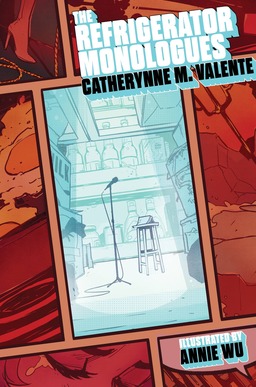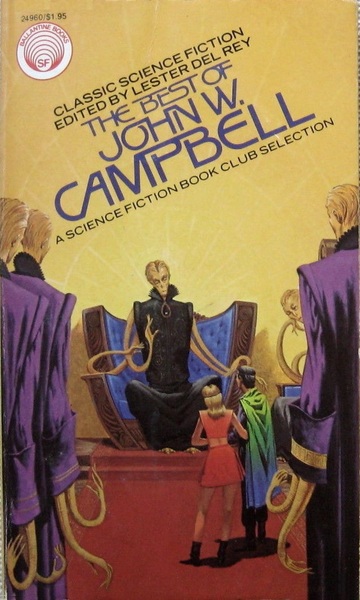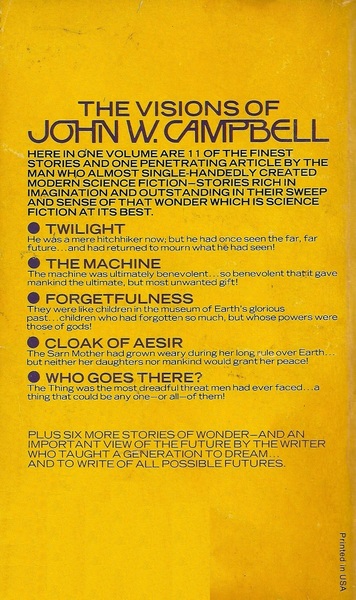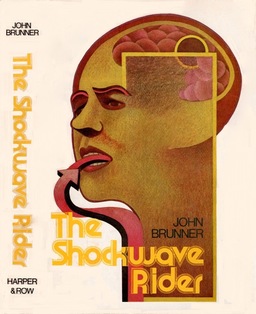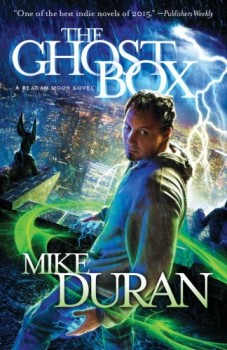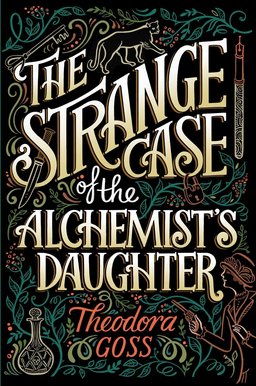In 500 Words or Less: Red Country by Joe Abercrombie
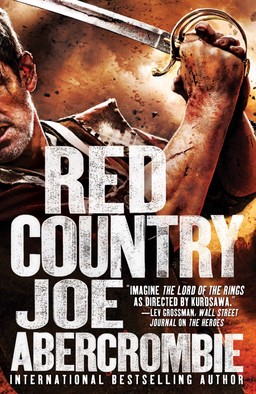 Red Country
Red Country
By Joe Abercrombie
Orbit (480 pages, $16.00 paperback, $9.99 eBook, October 2013)
One of my earlier reviews here focused on Best Served Cold, the first standalone novel in Joe Abercrombie’s First Law world (but the fourth overall, for anyone playing the home game). You might remember that I was a little disappointed, but I still gave Abercrombie’s second standalone, The Heroes, a chance and was pleasantly surprised. Recently I cracked open the third (and most recent) of these standalone novels, Red Country – and though I was a little nervous at the beginning of the novel, I’ve decided this might be the best First Law of them all.
Since it was stated in a lot of promos for the book, I don’t think it’s a spoiler to say that Red Country presents the return of Logen Ninefingers, the conflicted and half-mad barbarian who was among the First Law trilogy’s stars. Presumed dead, the “Bloody-Nine” is living under an assumed name, though if you’re reading closely enough (and didn’t read the back cover) you’ll figure out in the first chapter who the cowardly “Lamb” really is. This was where I started to get worried, and decided that if Abercrombie was going to play some game at trying to be subtle with Lamb’s true identity, my review here would be very different.
But Abercrombie isn’t that kind of writer. Instead, Logen’s attempts to keep his past and his worse nature at bay becomes a key focus of the book, elegantly constructed in his interactions with the novel’s other characters, as the reader wonders when his loved ones will get the full story. The brief mentions of characters and events in previous books, and the moments when other characters admit that they know exactly who Logen is, are woven in expertly without certain names ever being mentioned.
